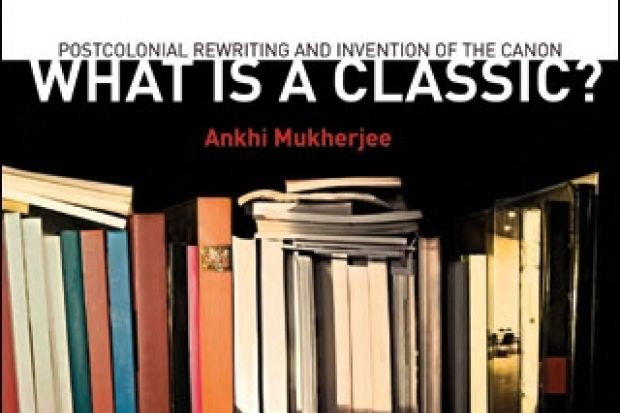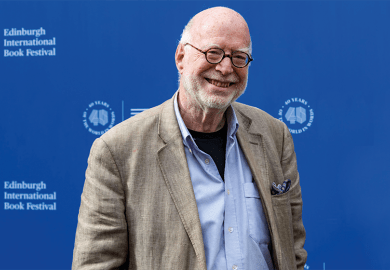Leo Tolstoy’s War and Peace is a classic. There, I’ve said it, and I haven’t said anything particularly controversial. But who cares? At some point, deciding whether a work of literary art is a classic becomes little more than a parlour game. I’ll make my list and you’ll make yours, and whose list is whose matters only to ourselves.
Still, the choices we make, if we make them in earnest, inevitably have something to do with our standards of excellence and truth and the kinds of stories we like to tell ourselves. Knowing what is “classic” – major rather than minor, fundamental rather than ornamental, time-tested rather than ephemeral – can make a big difference to how we see the world, by what rules and measures, in keeping with what compositional forms, and with what care, honesty, clarity and generosity. And then there is the business of the creative writer. If you are a writer, whom do you emulate? What kind of readers do you write for? The chief difference between Salman Rushdie, author of Midnight’s Children, and Dan Brown, author of The Da Vinci Code, isn’t that the first is from a “post-colony”, namely India, and the other from the US. The chief difference is that Rushdie is conversing with Tolstoy and Tolstoy’s readers; Brown with the un-classic spinner of thrillers Sidney Sheldon and his fans.
In What Is a Classic?, Ankhi Mukherjee zeroes in on the postcolonial writer’s relation to the European models. Authors such as Rushdie, Trinidadian V. S. Naipaul, St Lucian Derek Walcott and South African J. M. Coetzee grew up in environments where standards of truth, excellence and mythopoeia were set up elsewhere. And yet they strove to measure up to foreign ideals. Instead of being indifferent to the question of the classic, they tried to write works worthy of becoming classics themselves. Moreover, they succeeded. No canon of modern literature today would be complete without their work.
What Is a Classic? ranges widely over the field of post-colonial theory and cultural production, although it is mainly restricted to literature in English. It examines how writers from the post-colonies have appropriated, expropriated, adapted, interrogated, mocked, critiqued, deconstructed or rejected Western models of truth, excellence and mythopoeia. Mukherjee is a synthetic thinker, trying to understand how in so many different national and transnational contexts the “anxiety of influence”, as Harold Bloom famously called it, can become so similarly a source of creative inspiration and political purpose.
Mukherjee begins and ends her book with musings on Coetzee, who himself, responding to a T. S. Eliot essay by the same name, wrote an essay called “What Is a Classic?” Mukherjee’s most original chapter, however, looks at Indian adaptations of Shakespearean plays, on the page, the stage and in film.
By my count, Mukherjee discusses at least 20 creative artists in some depth. She is always nuanced and insightful, a good observer with whom one wants to agree. But What Is a Classic? is not for the uninitiated, who will not understand the language she uses, the assumptions she makes or the purposes she writes for. And I am not sure I understand most of this either. Although the book is conscientious and thorough, it is also vague, derivative and repetitive; Mukherjee argues by citing other people’s arguments, again and again, and she has few answers, original or otherwise, to the questions she raises. She rejects the notion that post-colonial writing should be thought of by way of the aggressive slogan, “The Empire Writes Back”. And bravo for that. For writing isn’t only fighting. But what Mukherjee actually does accept, this reader is unable to say. Maybe Mukherjee just likes a good book.
What Is a Classic? Postcolonial Rewriting and Invention of the Canon
By Ankhi Mukherjee
Stanford University Press, 296pp, £55.95
ISBN 9780804785211 and 8380 (e-book)
Published 30 November 2013
Register to continue
Why register?
- Registration is free and only takes a moment
- Once registered, you can read 3 articles a month
- Sign up for our newsletter
Subscribe
Or subscribe for unlimited access to:
- Unlimited access to news, views, insights & reviews
- Digital editions
- Digital access to THE’s university and college rankings analysis
Already registered or a current subscriber? Login





